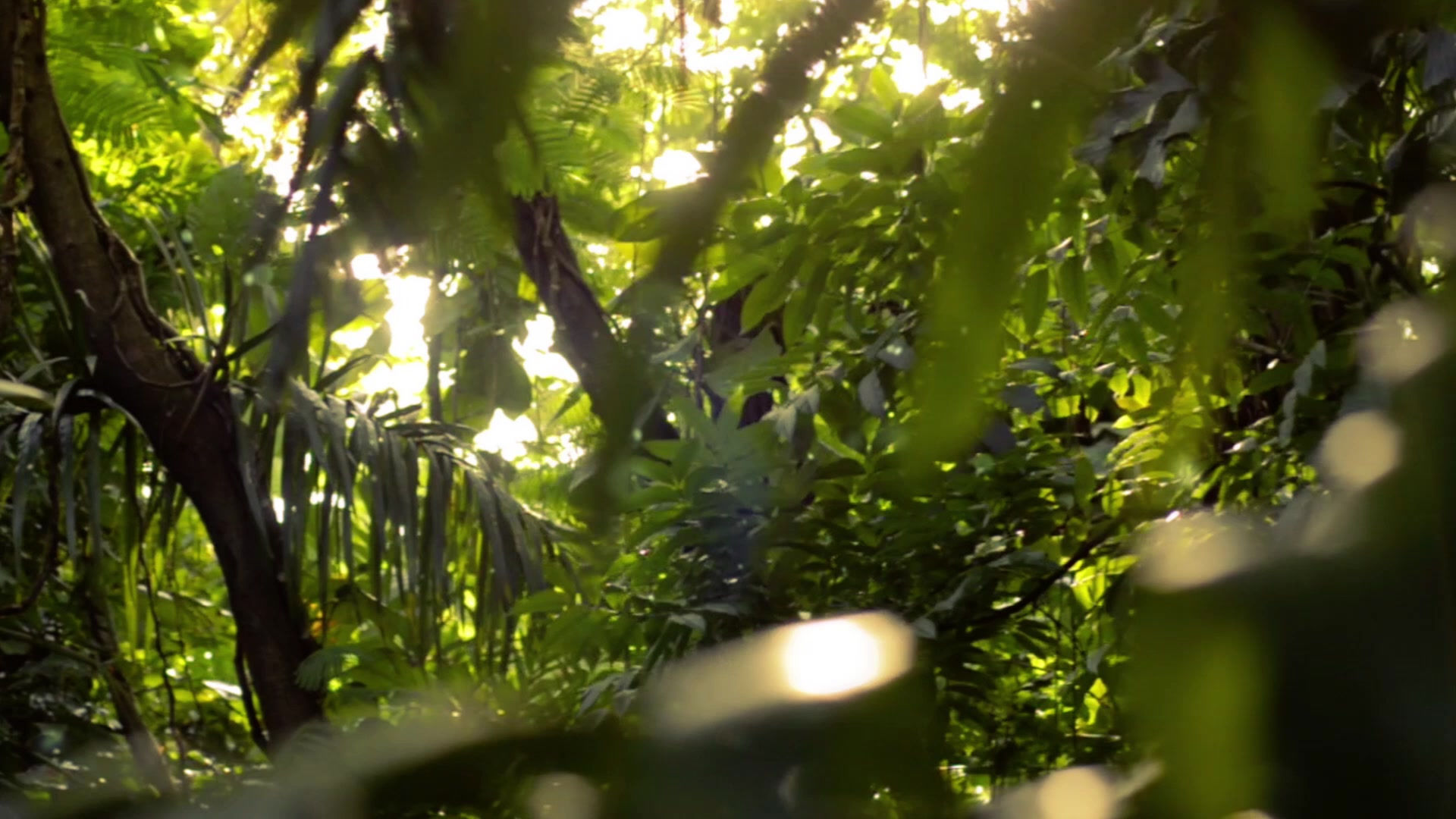
Laws And Acts
For any recovery plan, they want to protect and help restore that species. For the Southwestern Willow Flycatchers, that is the goal. The Southwestern Willow Flycatchers recovery plan goes into detail and depth of what are many things that need to be done, helping the population of the Southwestern Willow Flycatcher grow, help sustain their habitat and ecosystem to helping the animals that help keep the ecosystem keep going. There are many obstacles that can and will get in the way of reaching that goal, they will either help improve and make the recovery stronger or take the recovery process a lot longer time to come back from their bump in the road (Final Recovery Plan Southwestern Willow Flycatcher, 2002) . As you can see in the Southwestern Willow Flycatchers Recovery Plan, their are many different views and aspects that come into account. The recovery plan was written by the Southwestern Willow Flycatcher Recovery Team Subgroup (Final Recovery Plan Southwestern Willow Flycatcher, 2002). There are many pros and cons that will hopefully help restore the Southwestern Willow Flycatchers population to become a more noticeable and encounterable bird in the future.
The main focuses to help restore the Southwestern Willow Flycatchers are restoring the food webs in the creek, restoring the creeks flow stream and riparian corridors, improve the population; stability as well as the habitat itself, reduce the amount of cowbirds that are intruding in the Southwestern Willow Flycatchers, improving breeding and migration patterns, more native plants rather than non native plants, reducing the amount of risk or predators of the Southwestern Willow Flycatchers and improve the population for a longer more secure time (Final Recovery Plan Southwestern Willow Flycatcher, 2002) . These are the blueprints of what needs to be done, but after the blueprints it is time to start building and in this case it means to get many resources and people together to help the Southwestern Willow Flycatchers. All of these goals will take a lot of time and money to get them done, but will in the end pay off and have a higher possibility rate of restoring the Southwestern Willow Flycatchers in the world.
For more information click on the link below;
https://www.fws.gov/carlsbad/SpeciesStatusList/RP/20020830_RP_SWWF.pdf
Recovery Plan
What is being done to bring our flycatchers back? In February 17, 1995 they were list ‘endangered’ by the U.S Fish and Wildlife Service, which then California, and New Mexico, classified the southwestern willow flycatcher as endangered. Arizona recognized it as a “ species of greatest conservation need.” There have been state and federal laws including the Migratory Bird treaty act and the Endangered Species Act. Listing under the Endangered Species Act ( ESA) affords the southwestern willow flycatcher a number of protections, and also authorizes various conservation actions. Section 2 of the ESA directs all Federal agencies to seek to conserve endangered and threatened species, and to use their authorities in the furtherance of the purposes of the ESA. All agencies of the United States government are therefore authorized and obligated to proactively promote conservation and recovery of the southwestern willow flycatcher. Section 4 of the Act requires the Department of Interior and the Department of Commerce to develop and implement recovery plans for listed species (Southwestern Willow flycatcher Recovery plan, 2002)
The Clean Water act is to provide for the restoration and maintenance of the chemical, physical and biological integrity of the nation’s lakes, streams and coastal waters. The clean water ace is the principal federal program that regulates activities affecting the integrity of wetlands. ( Southwestern willow flycatcher recovery plan, 2002)
Laws
The state of Arizona has developed a list of Wildlife of Special concern in arizona which identifies species whose occurrence in Arizona is or may be in jeopardy, or who those with known or perceived threats or population declines. The southWestern willow flycatcher is included in the list, this list will replace the previous list of “Threatened Native Wildlife in Arizona” which categorized the willowed flycatcher as “endangered.”
The State of Colorado listed the southwestern willow flycatcher as endangered in May 1998. The flycatcher is therefore protected under Colorado Revised Statutes (C.R.S.) 33-2-105. Section 3 of this statute states that ". . it is unlawful for any person to take, possess, transport, export, process, sell or offer for sale, or ship and for any common or contract carrier to knowingly transport or receive for shipment any species or subspecies of wildlife appearing on the list of wildlife indigenous to this state determined to be endangered within the state pursuant to subsection (1) of this section." Section 4 contains identical language for taxa listed as threatened. Penalties for the take of state-listed endangered species are established in C.R.S. 33-6-109(3)(a). These penalties are ". .a fine of not less than two thousand dollars and not more than one hundred thousand dollars, or by imprisonment for not more than one year in the county jail, or by both such fine and such imprisonment, and an assessment of twenty points." The Colorado Division of Wildlife is also authorized to pursue civil action to recover the value of wildlife. C.R.S. 33-6-110(1)(a) establishes a minimum value of $1,000 for any endangered species. Colorado Wildlife Commission Regulation provides that a ". . Scientific Collecting License may be issued for the purpose of marking or banding or temporary or permanent possession of wildlife specimens outside of established seasons." (Southwestern willow flycatcher recovery plan, 2002)